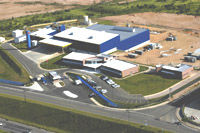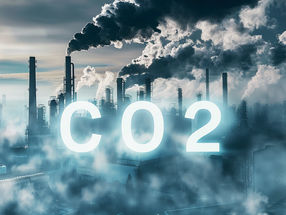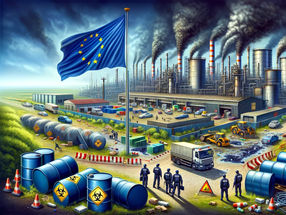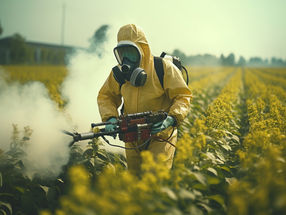ECHA recommends strict control for seven substances of very high concern
Advertisement
The European Chemicals Agency recommends that seven chemical substances of very high concern should not be used without specific authorisation. Three of the recommended substances are classified as toxic to reproduction, one as carcinogenic and three fulfil the criteria for being persistent, bioaccumulative and toxic (PBT) or very persistent and very bioaccumulative (vPvB). They are all used in products to which consumers and workers are exposed.
‘I see this first science-based recommendation of substances for authorisation as an important milestone. The protection of human health and the environment is at the heart of REACH and submitting the use of these seven problematic substances to authorisation moves us one step closer to that goal.’ said Executive Director Geert Dancet.
The authorisation process seeks to ensure that the risks from substances of very high concern are properly controlled and that the substances are progressively replaced.
From its list of 15 candidate substances ECHA prioritised the seven substances based on their hazardous properties, the volumes used and the likelihood of exposure to humans or the environment. The Agency took into account the comments received from interested parties during a public consultation which took place earlier this year. It also took into account the opinion of the Member State Committee who shared the Agency´s view on the priority of these seven substances.
The final decision on the inclusion of the substances in the Authorisation List will be taken by the European Commission following the comitology procedure (regulatory procedure with scrutiny). Substances on this List will in future only be able to be used within the EU when “authorised” for specific purposes.
The seven substances are:
- musk xylene (vPvB). A fragrance enhancer which is used for example in detergents, fabric softeners and fabric conditioners
- 4,4`-diaminodiphenylmethane - MDA (carcinogenic). A hardener which is used for example in epoxy resins and adhesives
- short chained chlorinated paraffins - SCCPs (PBT and vPvB). A substance mostly used as flame retardant and/or plasticiser in various applications such as highperformance rubber, sealants, paints or textile coating
- hexabromocyclododecane - HBCDD (PBT). A flame retardant which is used for example in polystyrene, which is then further processed for the production of insulation panels/boards or packaging products, and in textile applications
- bis(2-ethylhexyl)phthalate - DEHP (Toxic for reproduction). A plasticiser which is used in a wide range of PVC and other polymers applications, such as for example flooring, roofing, coated fabrics, medical devices or primary packaging of medicinal products, as well as in various preparations such as for example sealants, adhesives and inks
- benzylbutylphthalate - BBP (Toxic for reproduction). A plasticiser which is used for example in polymer products, and in particular in PVC for flooring applications, in textile and leather coating, as well as in various other preparations such as sealants, coating and inks or adhesives
- dibutylphthalate - DBP (Toxic for reproduction). A specialist plasticiser which is used in particular in various polymer (PVC/non-PVC) applications (such as floor covering or primary packaging of medicinal products), and as a component of various preparations such as adhesives or paints.
































































